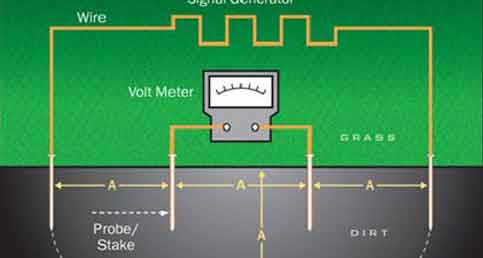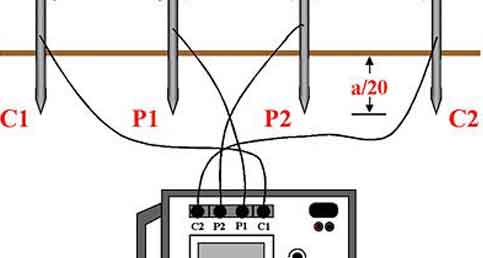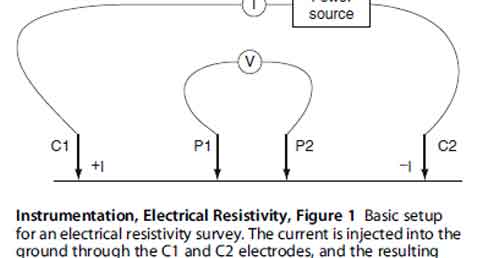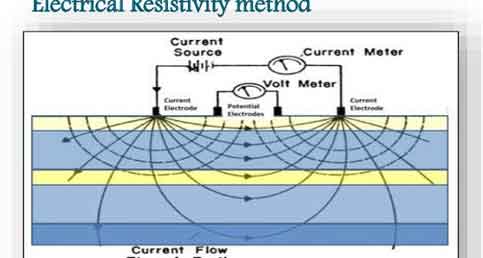Soil Resistivity
ERT/SRT Soil Resistivity Test
At Bhoojal Survey we undertake ERT(Electrical resistivity tomography) and SRT (Soil Resistivity Testing) operations.Accompanied With latest low frequency
instrument and technical staff we have successfully conducted many ERT/SRT surveys for many industries and power projects.
Through these years of experience, we have built up a solid comprehension on Soil Resistivity Testing ServiceSurveys. We are a prominent name is offering soil
testing services to our valuable clients. Our professionals work in close coordination with clients in order to meet their exact requirement. This service is used
for determining the design of the grounding system for new installations to meet ground resistance requirements. The offered services are highly appreciated for
their hassle-free management, reliability, promptness and timely execution. Our precious clients can avail earthing services at market leading prices.
What is Soil Resistivity Testing :-
Soil Resistivity is a measure of how much the soil resists the flow of electricity. It is a critical factor in design of systems that relay on passing current through the earth’s surface. The resulting soil resistivity is expressed in ohm-meter or ohm-centimeter. Ideally, you would find a location with the lowest possible resistance. But as we discussed before, poor soil conditions can be overcome with more elaborate grounding systems.
Methodology -:
There are several methods by which the field resistivity measurements are made. In Geo Explorations earthing test is carried out by Wenner Method, as per IS Code 3043-1987. The Wenner 4-point Method is by far the most used earthing test method to measure the resistivity of soil. Other methods do exist, such as Dipole method and Schlumberger methods, however they are infrequently used for grounding design applications and vary only slightly in how the probes are spaced when compared to the Wenner Method. The soil resistivity test spaces four (4) probes out at equal distances to approximate the depth of the soil to be tested. Typical spacing’s will be 1m, 1.5m, 2m, 3m, 5m, 7m, 10m etc., with each spacing increasing from the preceding one by a factor of approximately 1.5, up to a maximum spacing that is commensurate with the 1 to 3 times the maximum diagonal dimension of the grounding system being designed, resulting in a maximum distance between the outer current electrodes of 3 to 9 times the maximum diagonal dimension of the future grounding system. This is one “traverse” or set of measurements, and is typically repeated, albeit with shorter maximum spacing’s, several times around the location at right angles and diagonally to each other to ensure accurate readings.
Who should look for us -:
Soil resistivity test is generally performed during the design and planning of grounding systems. Water pipes, building foundations or grounding grids. New construction Industries, Big Power projects (Solar, Thermal & Wind), developers building outside of city Builders, Industry, Farm Houses, Resorts, Infrastructure Projects, IT parks, Govt. Dept. and Hospitality Industry to a house owner, Electrical engineers and consultants for designing earthing electrode depth can contact us for ERT / SRT related works.
Our Services
- Earthing services (Soil Resistivity testing).
- Soil testing service.
- Geotechnical services




